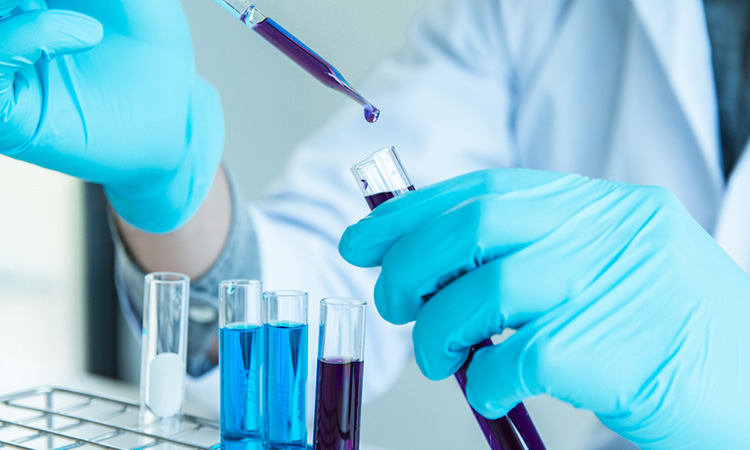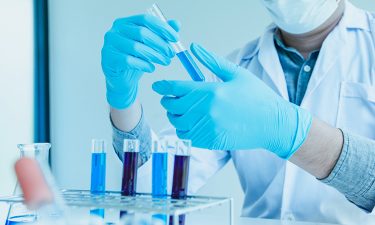In vitro diagnostics and the coronavirus pandemic
Posted: 2 September 2020 | Liz Thorn (Team Consulting) | No comments yet
Liz Thorn outlines the benefits that in vitro diagnostics can bring to the world in light of the current COVID-19 pandemic.


Now is the time for in vitro diagnostics (IVD). The coronavirus pandemic is offering an unprecedented opportunity to demonstrate the true benefit of these diagnostics in the modern world.
In the IVD industry, there has never been so much public awareness of diagnostic products or immediate demand for IVD tests at such an enormous scale as is now required for the SARS-CoV-2 virus, which is causing the COVID-19 pandemic. Societies across the world are now dependent on being able to detect the virus – or an immune response to it – in order to return to our normal ways of life and to repair the global economy.
IVDs have a clear role in the current situation, but also in the future of modern medicine”
In terms of immediacy and global demand, SARS-CoV-2 presents a totally different opportunity and challenge compared to all other IVDs tests. The number of SARS-CoV-2 tests already being carried out worldwide most likely outstrips all other infectious disease testing. Could the volume of all these tests reach the scale of both pregnancy and glucose testing, the two biggest selling diagnostic tests? In fact, as of the end of June, the US alone have carried out 33 million SARS-CoV-2 tests, dwarfing the estimated 20 million pregnancy and ovulation tests taken annually there.
Testing for SARS-CoV-2 is not restricted to one patient group – as is the case for glucose and pregnancy testing – but will be required for whole populations at a local, regional and national level. This will include testing for symptomatic patients, for tracing asymptomatic carriers and for assessing individuals for immunity (ie, antibody testing). As the world opens up to international travel, testing may also become a requirement for crossing borders, perhaps even for boarding a long haul flight or joining a cruise ship. Long after this acute phase of the pandemic is over, testing will continue to monitor potential new outbreaks and be used for epidemiological studies.
The IVD industry has risen to the challenge of the SARS-CoV-2 pandemic, generating a plethora of tests with differing technologies, including polymerase chain reaction (PCR) to detect the virus itself and lateral flow antibody assays. The response has been quite slow in some countries, including the UK; unsurprising given the volume of tests required immediately, but there is also a financial aspect that may have contributed. This was identified by the British In Vitro Diagnostics Association (BIVDA) who highlight the fact that although 70 percent of clinical decisions are aided by a diagnostic test, only one percent of the budget is spent on IVDs.


The government funding for the current crisis will dry up too in due course, but the momentum for the diagnostics industry should be maintained. The industry, working with bodies such as BIVDA, need to keep diagnostics in the spotlight and use this opportunity to not only demonstrate its value and utility in modern medicine, but also increase the funding stream to support it.
The UK has a wealth of IVD expertise: innovators, skilled scientists, engineers, clinical researchers and regulatory affairs professionals who work in a wide range of IVD companies, typically with niche technology and intellectual property. The technology from these companies support many of the goals of the National Health Service (NHS) Long Term Plan and Life Science Industrial Strategy (UK government). These include managing the rise in antibiotic resistance, improving early detection of cancers via access to molecular testing and increasing the availability of personalised/stratified medicine using companion diagnostics.
IVDs have a clear role in the current situation, but also in the future of modern medicine. Now is the time for the industry to shout about its capabilities and the benefits of diagnostic testing.
About the author
Liz Thorn is Senior Consultant Diagnostics at Team Consulting. She has more than 20 year’s of experience working in a variety of diagnostics/medical devices companies from start-ups to GE Healthcare. She has managed projects ranging from large multi-partner programmes to small assay developments. Liz is a graduate microbiologist and professional project manager.
Related topics
Related organisations
British In Vitro Diagnostics Association (BIVDA), UK National Health Service (NHS)









